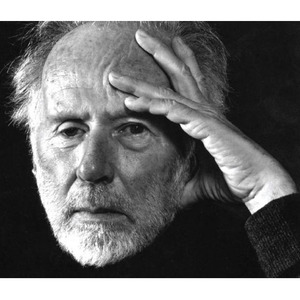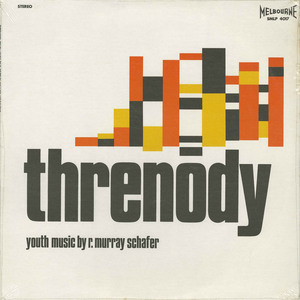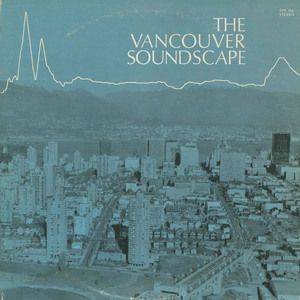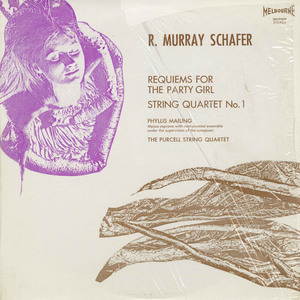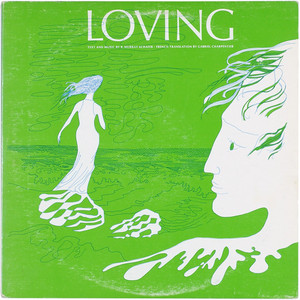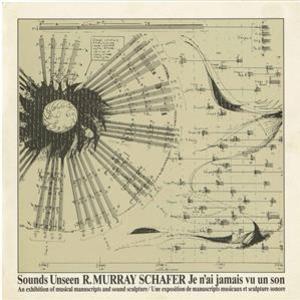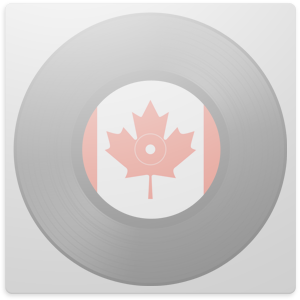Schafer, R. Murray
Websites:
No
Origin:
Sarnia → Toronto, Ontario → Vienna, Austria 🇦🇹 → London, England 🇬🇧 → Vancouver, British Columbia → Maynooth → Indian River, Ontario, 🇨🇦
Biography:
R. (Raymond) Murray Schafer (1933–2021) grew up intending to paint, but sound—and the ways humans hear and organize it—became his life’s canvas. In 1952 he entered the Royal Conservatory of Music and the University of Toronto, studying piano with Alberto Guerrero, harpsichord with Greta Kraus, composition with John Weinzweig, and musicology with Arnold Walter. Just as important was a brush with Marshall McLuhan, whose media ideas helped steer Schafer toward listening as a cultural act. Restless with academic constraints, he left formal study in 1955 and launched a rigorous self-education in languages, literature, and philosophy—his LRSM would remain his only diploma.
He left Canada in 1956 planning to attend the Vienna Academy but fell under the spell of medieval German language and poetry. London followed: short, informal study with Peter Racine Fricker; journalism that culminated in the book British Composers in Interview; and a performing edition of Ezra Pound’s opera Le Testament, broadcast by the BBC in 1961. Returning to Toronto, he founded and briefly directed the Ten Centuries Concerts (1961), then began a dozen influential years of teaching—artist-in-residence at Memorial University (1963–65) and, crucially, at Simon Fraser University (1965–75).
At SFU he launched the World Soundscape Project with support from UNESCO and the Donner Canadian Foundation, effectively founding the field now known as acoustic ecology. From this came the texts that reshaped music education in Canada and beyond—The Composer in the Classroom, Ear Cleaning, The New Soundscape, The Tuning of the World, A Sound Education, and others—each urging students to sharpen perception, treat noise critically, and compose with the world as instrument.
As a composer Schafer moved nimbly from neoclassical clarity to a fiercely individual modernism. Early works show Weinzweig’s influence; soon he was mining serial technique, theatre, and graphic notation to tackle contemporary life head-on. The 1960s yielded a run of socially charged pieces—Protest and Incarceration, Canzoni for Prisoners, Requiems for the Party Girl—and a cluster of youth works that turned classrooms into laboratories: Statement in Blue, Threnody (an anti-war collage for young orchestra, choir, narrators, and electronics), and Epitaph for Moonlight. Equally characteristic is the long arc of spiritual and cross-cultural inquiry in cycles such as Lustro (Divan i Shams i Tabriz, Music for the Morning of the World, Beyond the Great Gate of Light), and works drawing on Buddhist and Vedic sources, classical literature, and the sea.
From the mid-1970s he pursued what he called a “theatre of confluence”—music, ritual, environment, and audience braided into one. The vast, multi-part Patria cycle reimagined opera as site-specific ceremony: the sunrise prologue The Princess of the Stars performed on a wilderness lake; the overnight ritual RA; the community-embedded spectacles The Greatest Show and The Enchanted Forest; and the week-long participatory epilogue, And Wolf Shall Inherit the Moon (The Wolf Project). In parallel, Schafer composed landmark outdoor and spatial pieces—Music for Wilderness Lake for 12 trombones circling a lake, and the apocalyptic pageant Apocalypsis for hundreds of performers—that made geography part of the score.
His preference for rural life (first near Maynooth, later at Indian River near Peterborough) was not retreat but engagement. He formed local choirs, built productions with volunteers and students, and, as artistic director of the Peterborough Festival of the Arts, broadened a small regional event into a nationally noted showcase. Across the concert stage he added concertos (flute, harp, guitar, viola, accordion), eight string quartets (often with theatrical or spatial elements), and vocal/orchestral canvases from Minnelieder to The Darkly Splendid Earth. Publication and distribution of later works ran through his own Arcana Editions.
Recognition followed the originality: Canada Music Council’s first “Composer of the Year” (1977); the inaugural Jules Léger Prize for New Chamber Music (String Quartet No. 2, 1977); Prix international Arthur-Honegger (1980); Banff Centre National Award in the Arts (1985); the first Glenn Gould Prize (1987); the Canada Council Molson Prize (1993); the Louis Applebaum Composers Award (1999); the Walter Carsen Prize (2005); and a Governor General’s Performing Arts Award (2009). Recordings of his music earned multiple Juno Awards. He also accumulated honorary degrees from Canadian universities in recognition of a career that braided composition, scholarship, education, and visual calligraphy into a single practice.
Schafer’s legacy is twofold: scores that invite listeners to inhabit sound—sometimes indoors, often under open sky—and a pedagogy that taught generations to hear critically and creatively. Whether staging opera at dawn on a lake, sending trombonists around a shoreline, or asking a classroom to “clean the ears,” he treated listening as citizenship. He died in 2021, leaving Canada—and the wider world—with a sharper sense of how we sound, and how we might sound better.
-Robert Williston
